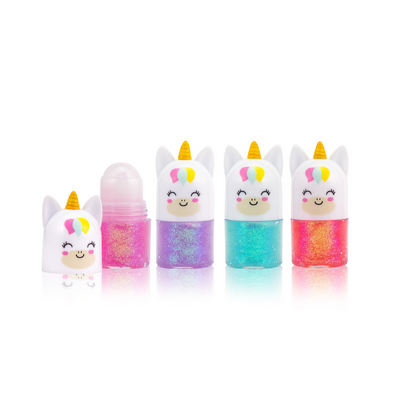A Bunka is a Japanese multipurpose kitchen knife like the Santoku. It is an intermediate variant between Gyuto and Nakiri. Thanks to the wide blade, the "Bunka" knife is very suitable for chopping, chopping or dicing vegetables, and the triangular point of the blade is especially useful for cutting fish and meat.
"Bunka" translates to "culture", so "Bunka Bōchō" literally means "cultural kitchen knife" or simply "cultural knife", and the name comes from the fact that Bunka knives were used to prepare traditional Japanese cuisine at home.
"Satoru" in Japanese means "wisdom" or "enlightenment" - this suggests the right choice for you. These knives are an excellent choice for professionals and amateurs who appreciate the optimal price-quality ratio.
The total length of the knife is 33.4 cm.
Blade length 20 cm.
Blade width 4.4 cm.
Thickness at the fifth 2 mm.
The weight of the knife is 175 g.
About the manufacturer:
" SATAKE CUTLERY MFG. Co., Ltd." was founded in 1947. Follow in the city. The purpose of the company is to produce reliable and durable kitchen tools and " SATAKE CUTLERY MFG. Co., Ltd." continues its mission - adhering to the highest quality standards designs and manufactures the most advanced models of kitchen knives by combining long-standing blacksmithing traditions with modern technologies. Qualified craftsmen carefully crafted Japanese kitchen knives are the result of their passion for their work. And the town of Seki, where the factory is located, is famous for its unique and traditional blacksmithing methods that are more than 700 years old history.
It began in the Kamakura era (1185-1333), when a famous swordsman Motoshige moved to Seki where he began to forge his own swords and teach others the craft. The area around Seki was surrounded by large pine forests where the blacksmiths could get the charcoal they needed, and it also had adequate water, making the city of Seki a suitable place for making swords. Over time, the number of craftsmen increased and more than 300 smiths lived here and produced the best samurai swords during the Muromachi era. (1336-1573). The city of Seki then flourished as a center for the production of samurai swords and became famous throughout Japan.
After the Haitorei Sword Prohibition Act (1876) issued in the Meiji period, the demand for them decreased significantly, but the masters in their improved blacksmithing applied the skills for the production of knives and agricultural implements. Even now, the city of Seki and its surroundings are known as one of the most famous knife-making areas in the world. Kitchen knives made here occupy more than 50% of the Japanese market and are valued for the highest quality standards.


















